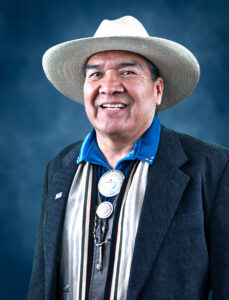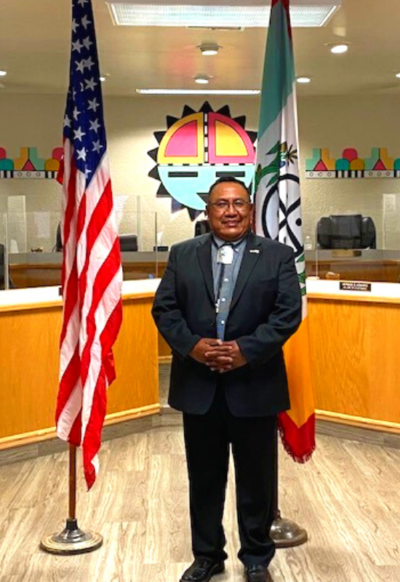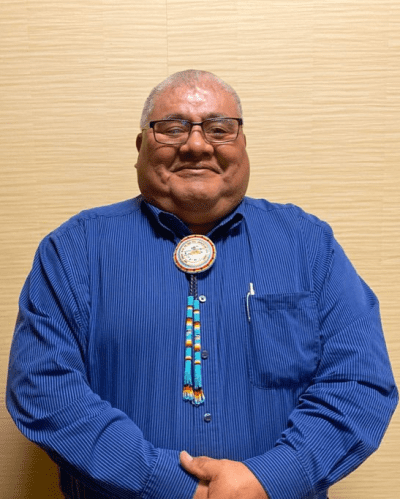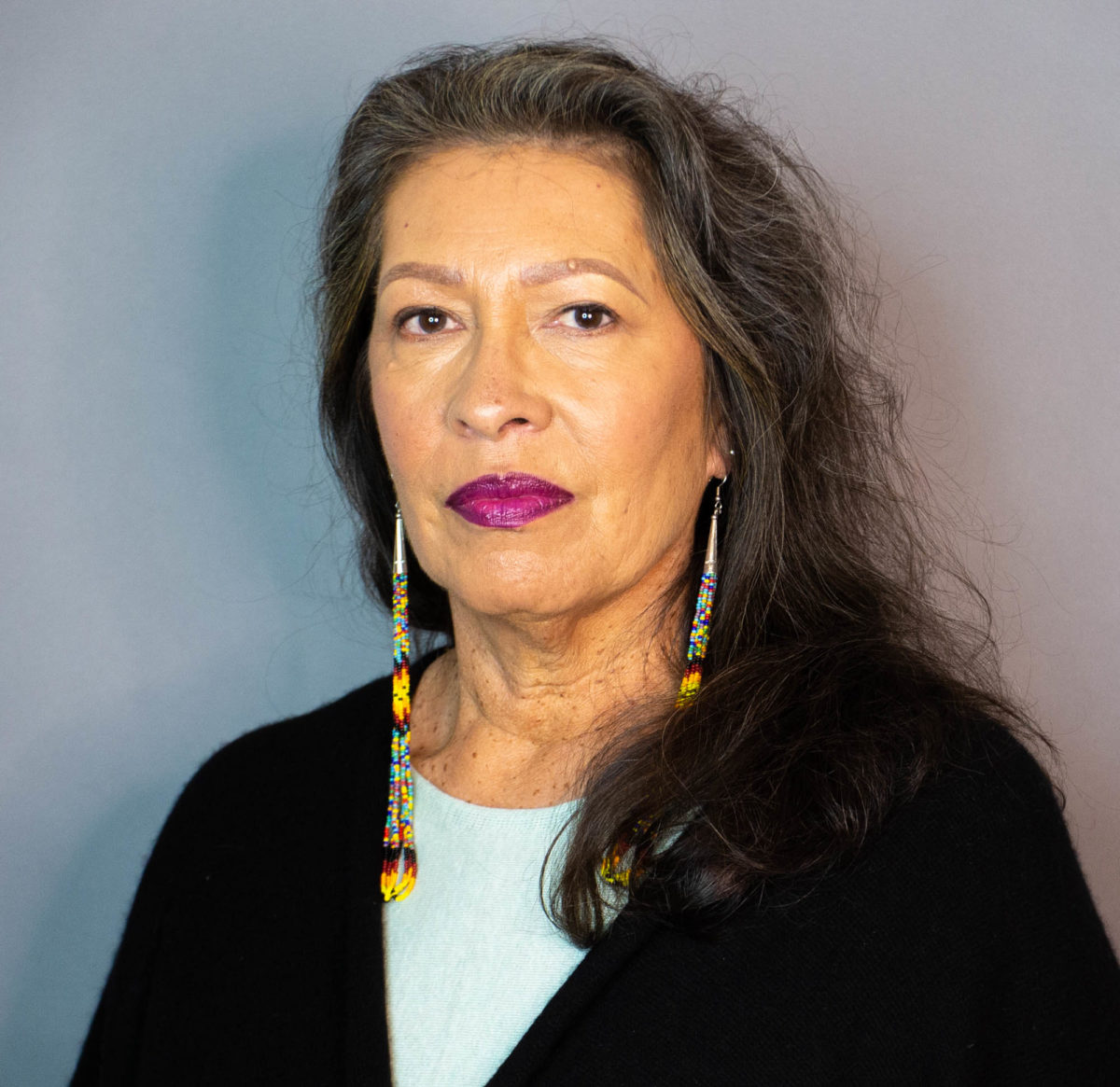Voices of the Land: Indigenous Leadership and the Future of Bears Ears
Navajo Connections to Bears Ears

Curtis Yanito and Davina Smith emphasize the deep spiritual and historical connections of the Navajo people to the Bears Ears region, known as Shash Jaa’. They describe it as a living landscape rich in tradition and spirituality, where every corner tells the stories of their ancestors. Highlighting the Navajo Nation’s involvement in sustainable resource management, the article advocates for a management plan that respects and integrates Traditional Indigenous Knowledge (TIK).
Stewardship Rooted in Hopi Tradition
Craig Andrews focuses on the Hopi Tribe's ancestral and ongoing responsibility to steward the Bears Ears landscape. He outlines the tribe's spiritual and cultural practices that have fostered a sustainable relationship with the land. The article champions a management plan that integrates traditional knowledge, advocating for public support to endorse the tribal-favored management alternative that aligns with ecological balance and cultural preservation

Ute Tribal Leadership in Protecting Bears Ears

Malcolm Lehi emphasizes the Ute Mountain Ute Tribe’s cultural and spiritual ties to the Bears Ears area. He advocates for strong tribal participation in federal land management processes to ensure that the traditional knowledge and historical connections of the tribes are respected and integrated. Lehi's message is a call to the community to engage actively in supporting the tribal vision for the management of Bears Ears, highlighting the role of public comment in shaping these decisions.
Tribal Leadership and Conservation at Bears Ears
In her article, Judith LeBlanc, a prominent Indigenous leader and advocate, stresses the urgency of integrating traditional Indigenous knowledge into the management of public lands, specifically Bears Ears National Monument. As the Executive Director of the Native Organizers Alliance, LeBlanc underscores the political volatility surrounding tribal co-management of lands and calls for a permanent federal policy that mandates tribal co-management as a right, not just an option to consider. Her advocacy highlights the continuous battle against the ebb and flow of political decisions that could threaten sacred spaces, emphasizing the essential role of tribal wisdom and stewardship in preserving these lands for future generations. This approach not only respects tribal rights but also promotes a sustainable and inclusive strategy for land conservation.



